
Terpenes
The unsung hero of cannabis.
THC is the reason for many of the effects associated with cannabis, but, to the surprise of consumers, this well-known cannabinoid isn’t the only thing responsible for what you feel.

It’s time to move beyond indica and sativa.
There’s a better way to understand how a strain will impact you—enter terpenes.
Terpenes are all around us. They are found not only within cannabis, but also in a variety of other plants, and even a handful of insects. In the plant world, terpenes offer protection by producing strong flavors and odors that repel herbivores while attracting their predators. Terpenes are the primary components of the essential oils found in most medicinal plants and flowers, including cannabis.
Here are some Terpenes you should know:
While indica and sativa make classification easy, the terpene profile of a strain is a better indicator of the effects you’ll feel after consumption. Think of it this way—sativa’s are known to have a citrus-like scent, while indica’s are associated with smells like pine, clove, and hops—hops is found in beer and beer makes you sleepy. Are you catching on yet? If your strain has a hoppy odor, like beer, it’s got myrcene, and as a result, you’ll feel sleepy after consumption. Conversely, sativa’s typically have the terpene limonene and give consumers the energizing sensation familiar to these strains.
Unsurprisingly, hybrids fall in the middle and have a mixture of terpenes to account for the vast array of possible effects.
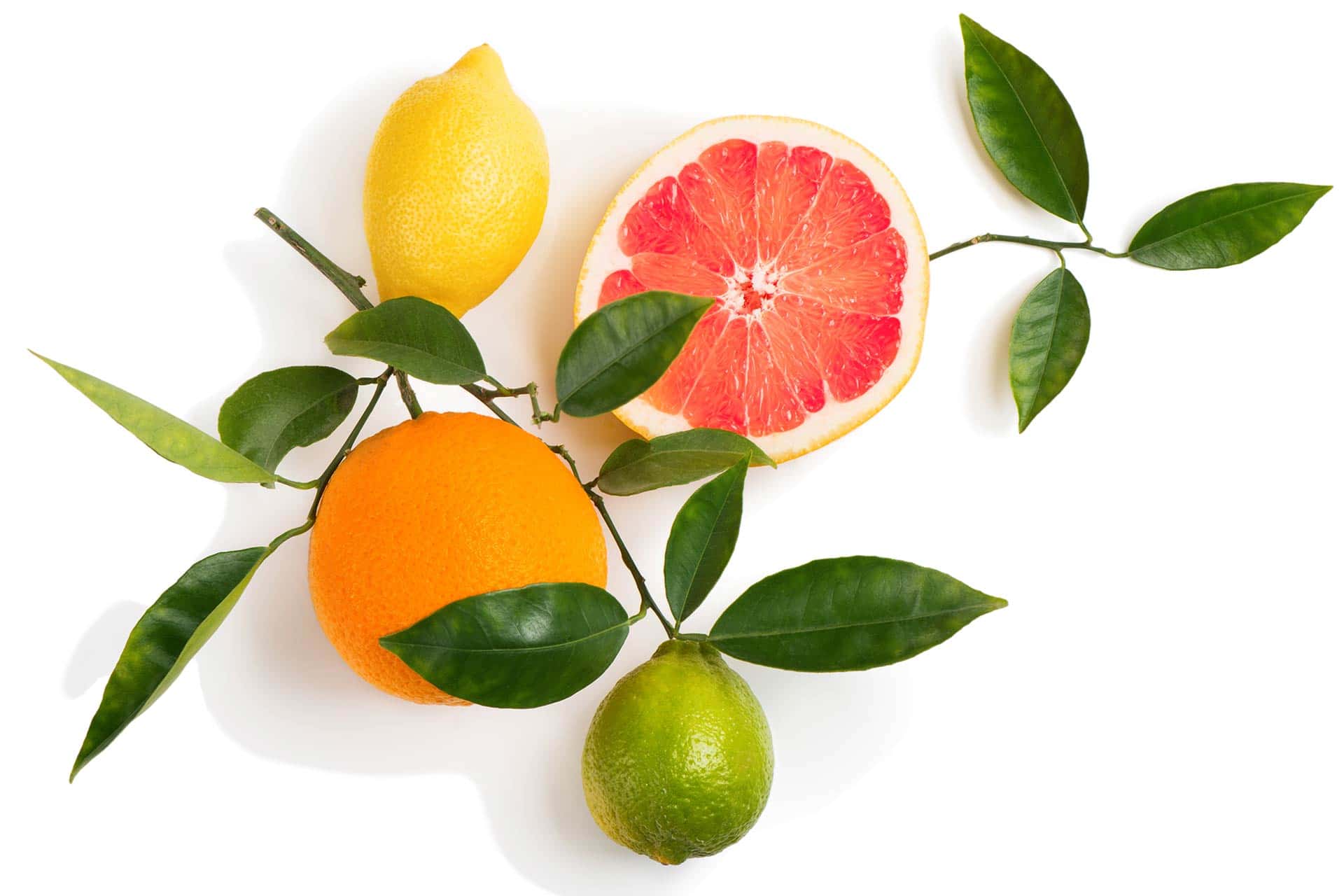
Limonene
Limonene, widely known as the “sativa terpene,” is unmistakable due to its heavy citrus flavor and aroma (limonene reminds us of lemon, grapefruit, and tangerine). Along with cannabis, this terpene is found in the rinds of citrus, rosemary, and juniper, and is often used in the manufacturing of cosmetics, household cleaning products, and as flavoring agents in food and cocktails. Limonene is helpful for easing gastrointestinal issues, assists with mood stabilization, provides general anxiety relief, and is profoundly energizing. Limonene has also been found to help with digestive problems due to its potent anti-inflammatory and antioxidant properties (keep this in mind the next time your belly aches).
Interestingly, limonene has been shown to help with the absorption of other cannabis terpenes, making it a significant component in the overall effect of a strain.
Also found in:
Citrus Rinds, Rosemary & Juniper
Potential effects:
Stress Relief, Energy
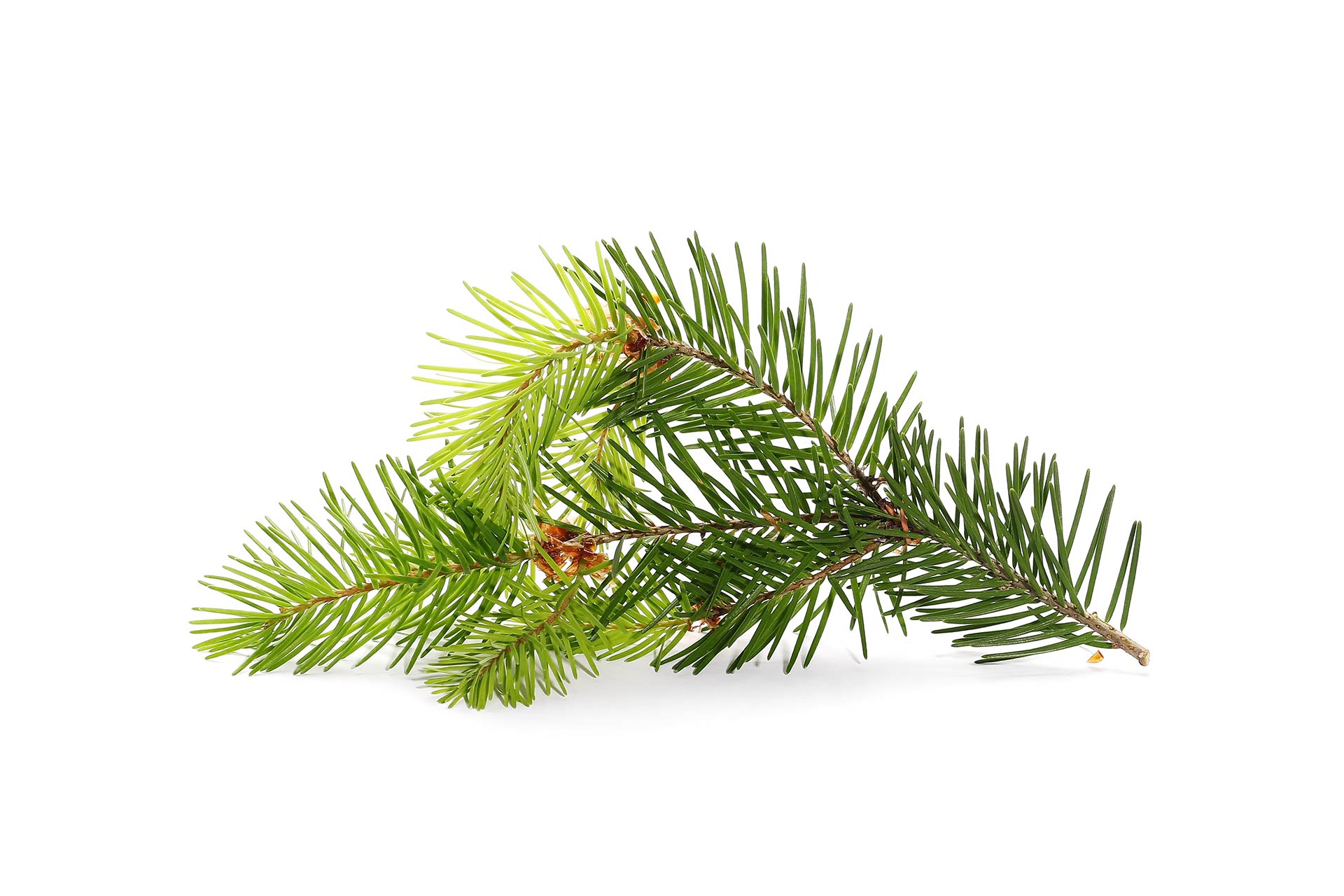
Pinene
Pinene is shared among all plants, and as you might have guessed, smells like pine needles. This terpene is found in rosemary, dill, basil, parsley, pine trees, and, of course, cannabis. There are two varieties of pinene but, for our purposes, alpha-pinene is the terpene worth knowing—it is the variety most familiar to our favorite plant. Pinene has been linked to anti-inflammatory properties, and strains containing significant levels of this terpene can produce feelings of alertness, focus, and improved short-term memory.
Pinene has been found to counteract some the not-so-pleasant effects of THC, like paranoia. If you’re prone to paranoid feelings after consumption, pinene-heavy strains are the way to go.
Also found in:
Rosemary, Dill, Basil, Parsley & Pine Trees
Potential effects:
Alert, Focus, Short Term Memory, Creativity
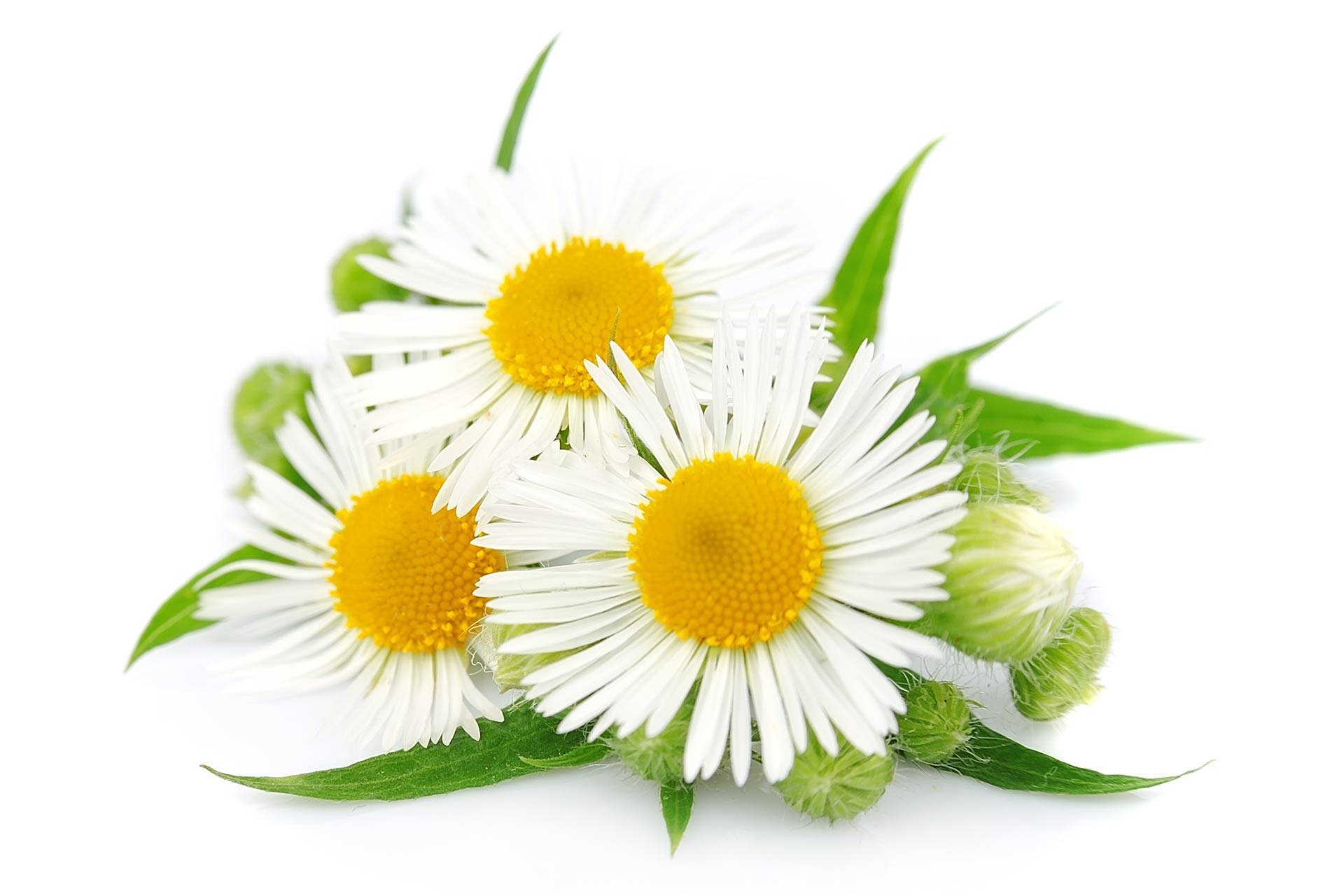
Bisabolol
Bisabolol boasts a delicate, sweet, and floral fragrance with hints of spice and citrus. Found frequently in chamomile and the Candia tree (native to South America), bisabolol is used widely in cosmetics, skin care products, and fragrances. Bisabolol is the terpene primarily responsible for the soothing effects associated with certain cannabis strains and is frequently used in the manufacturing of cannabis-infused topicals, as the anti-microbial and anti-inflammatory properties inherent to bisabolol can provide relief for a host of skin conditions. Bisabolol is also known to be an antioxidant making this terpene beneficial for consumers seeking strains with a positive impact on overall wellness.
Bisabolol is significant among the range of terpenes and cannabinoids responsible for the therapeutic outcomes cannabis can provide.
Also found in:
Chamomile & Candia Tree
Potential effects:
Soothing, Wellness-boosting, Calm
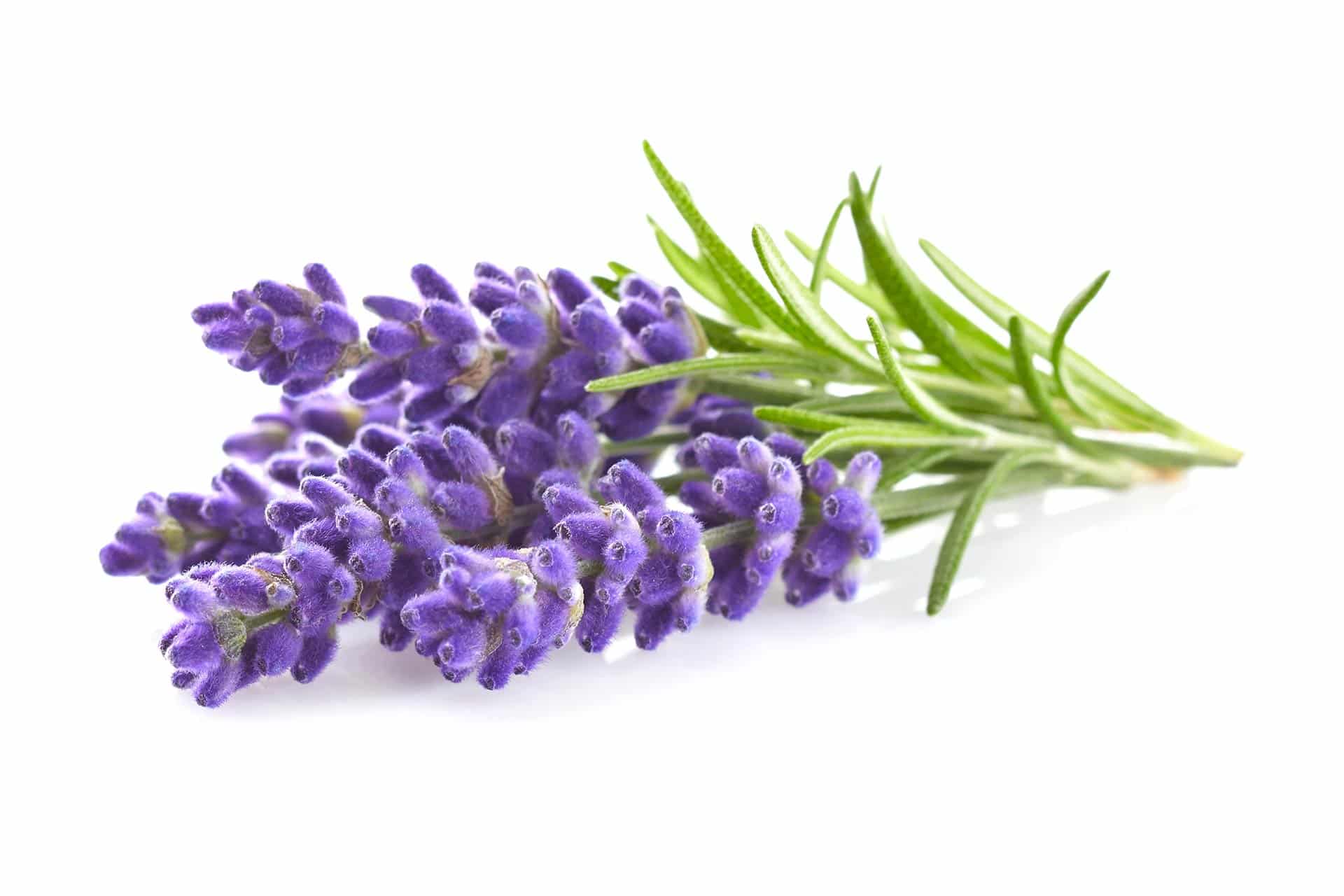
Linalool
Linalool is unmistakable because of its floral bouquet and spice-driven undertones. Due to the soothing characteristics of linalool, herbalists have used it for centuries; linalool is found in lavender and is significant in the production of Vitamin E. Alongside myrcene, linalool is what gives indica strains their sedative traits, including the infamous “couch-lock.” Because of its calming impact on a consumer’s body and mind, this terpene is excellent for relaxation, enhanced sleep, and provides relief for general mental health ailments as well as an elevated disposition.
Cannabis infused topicals will often feature linalool due to its soothing characteristics. If you’re seeking enhanced sleep, a sense of calm, and total relaxation, linalool-dominant strains will do the trick.
Also found in:
Lavender
Potential effects:
Relaxed Muscles, Stress Relief, Calm
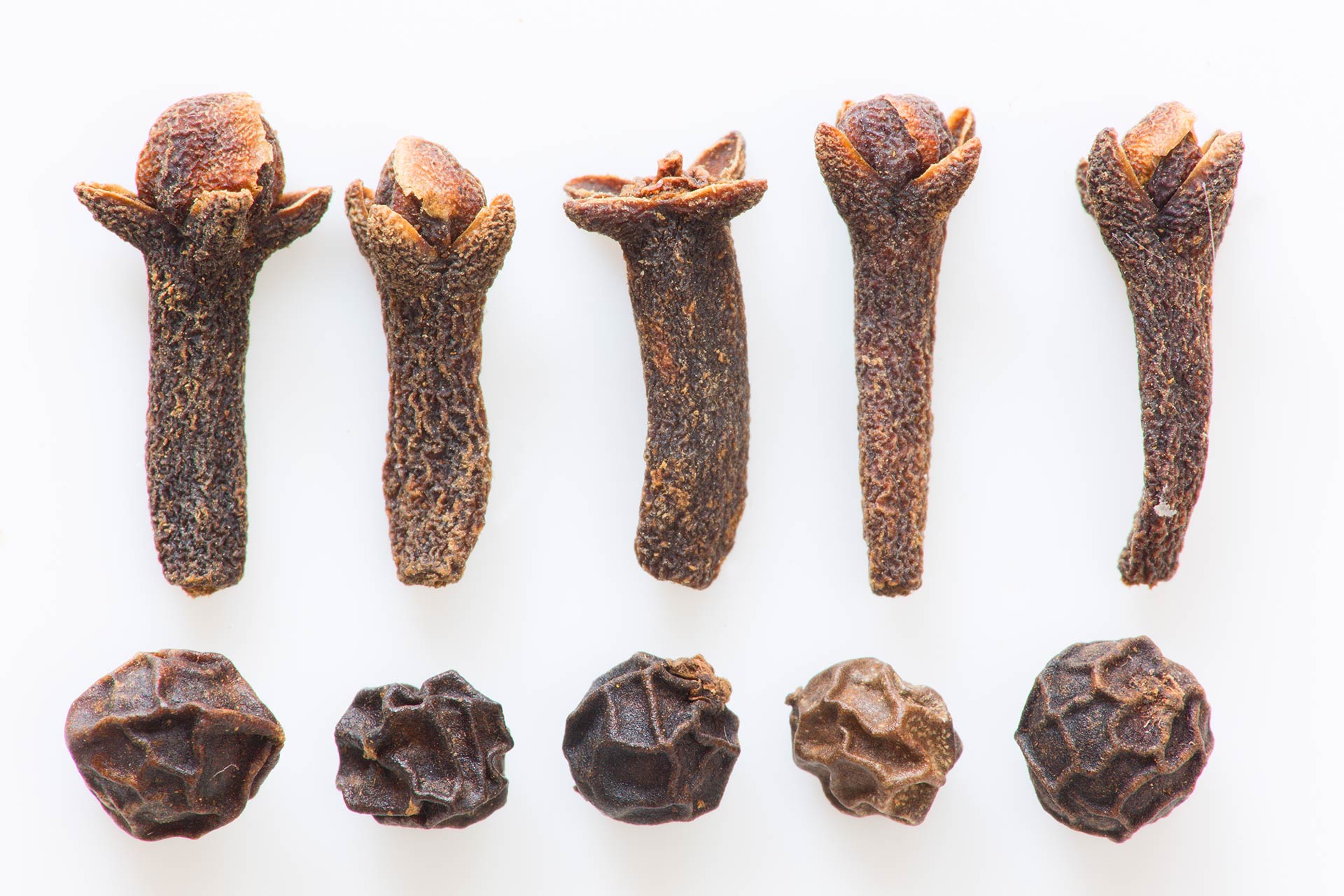
Caryophyllene
Caryophyllene, aka beta-caryophyllene, is characterized by its pepper and spice-driven aroma and is an outlier in the realm of terpenes. It is the only terpene to be considered a cannabinoid (it interacts directly with the CB2 receptor) and is being studied carefully for its medicinal properties. Caryophyllene is found primarily in black pepper, oregano, cloves, basil, and rosemary. This terpene provides relief from chronic pain, inflammation, anxiety, and depression. Interestingly, caryophyllene doesn’t lean indica or sativa wholly and is excellent for consumers who don’t do well with limonene. Additionally, people interested in swapping alcohol for cannabis have found success in this endeavor by seeking out caryophyllene-dominant strains.
Binding only with the CB2 receptor means caryophyllene-heavy strains will have limited psychoactive effects. That said, this terpene provides general pain relief, digestive protection, and acts as an antibacterial agent.
Also found in:
Black Pepper, Oregano, Cloves, Basil & Rosemary
Potential effects:
Gut Health, Anxiety, General Well Being
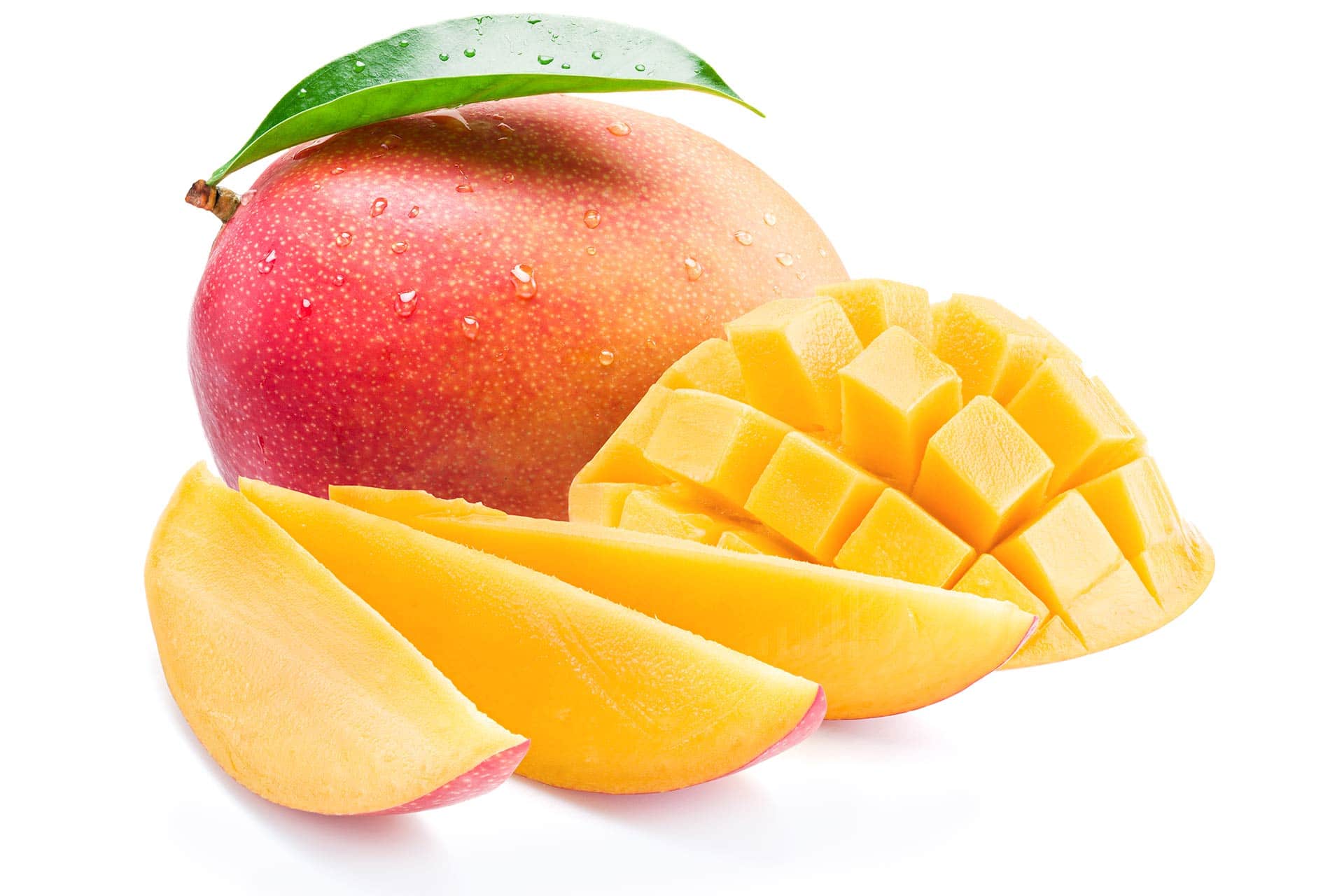
Myrcene
Myrcene is the most common terpene found in cannabis and is usually associated with strains of indica (along with Linalool, it’s responsible for the “couch-lock” feeling you have after consumption). Myrcene smells of clove, musk, and earth, and is helpful for treating insomnia, pain, anxiety, and spasms. It is also found in mango and hops, as well as in lemongrass, basil and rosemary, which explains the beer-like scent and why eating mango a half hour before consumption is known to amplify the effects of a myrcene-heavy strain.
As mentioned above, myrcene is known for its sedative effects—if you’re searching for restful sleep, look no further than a myrcene-heavy strain. Given this, it comes as no surprise to learn myrcene plays a deciding role in determining whether a strain is considered indica or sativa. Furthermore, because of its unique ability to promote a higher absorption of cannabinoids, myrcene helps to amplify the psychoactive effects of THC.
Also found in:
Mango, Hops, Lemongrass, Basil & Rosemary
Potential effects:
Restful Sleep, Strong Psychoactive Effects, Pain Relief
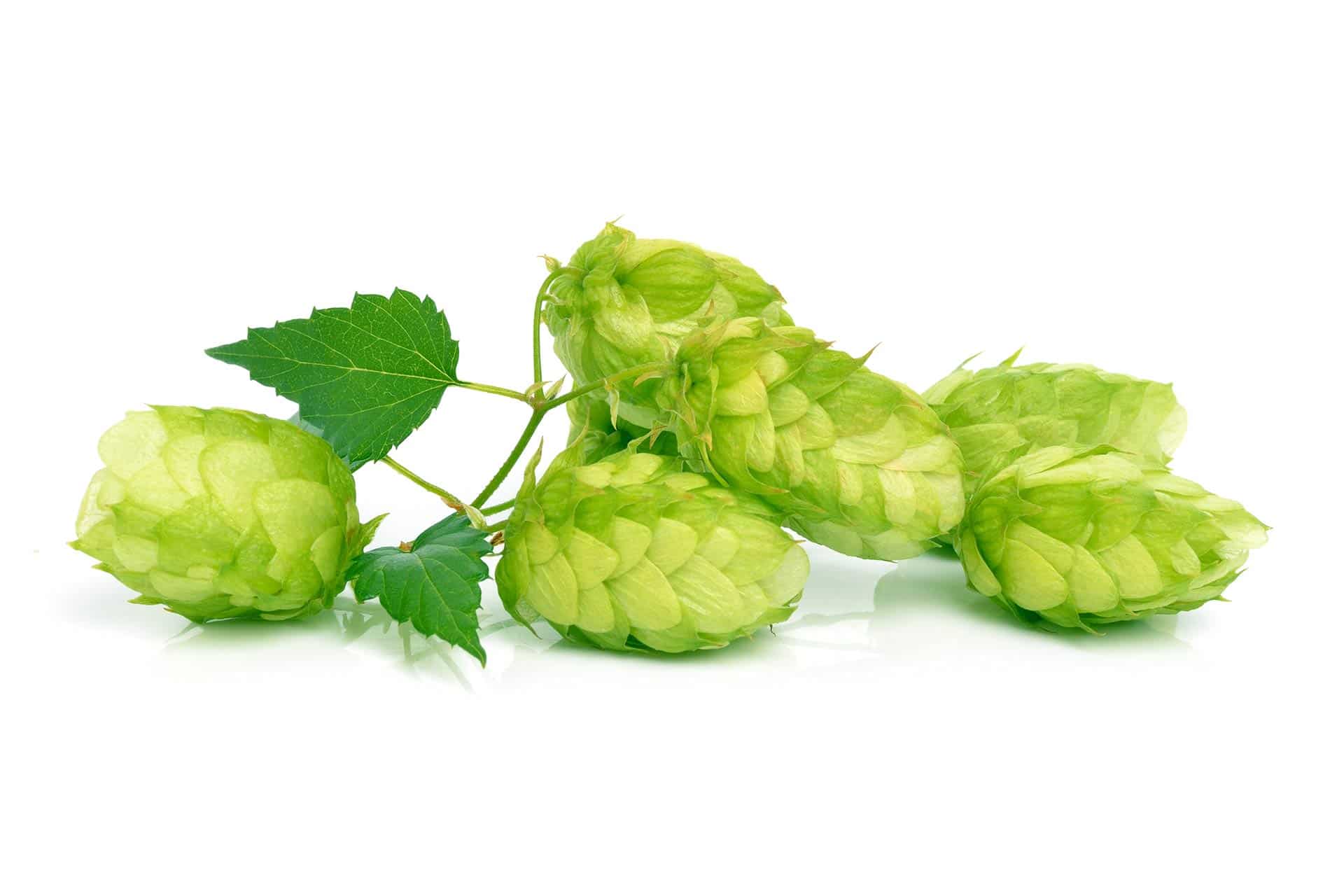
Humulene
Humulene is a common cannabis terpene and is characterized by its earthy, musk and spice-driven aroma. Humulene can also be found in hops, sage, ginger, and ginseng. Humulene and caryophyllene share distinct similarities, which explains why when together, they amplify each other’s anti-inflammatory properties.
This terpene is a powerful anti-inflammatory (we touched on this above), assists with general pain relief, and acts as an appetite suppressant. Humulene, today, is being studied for it’s potential in helping to prevent cancer cell growth. It is believed that when paired with caryophyllene, humulene can provide positive results for patients suffering from various forms of this widespread and debilitating disease.
We look forward to seeing what further research uncovers.
Also found in:
Hops, Sage, Ginger & Ginseng
Potential effects:
General Health and Wellbeing, Anti-Inflammatory, Appetite Suppressant
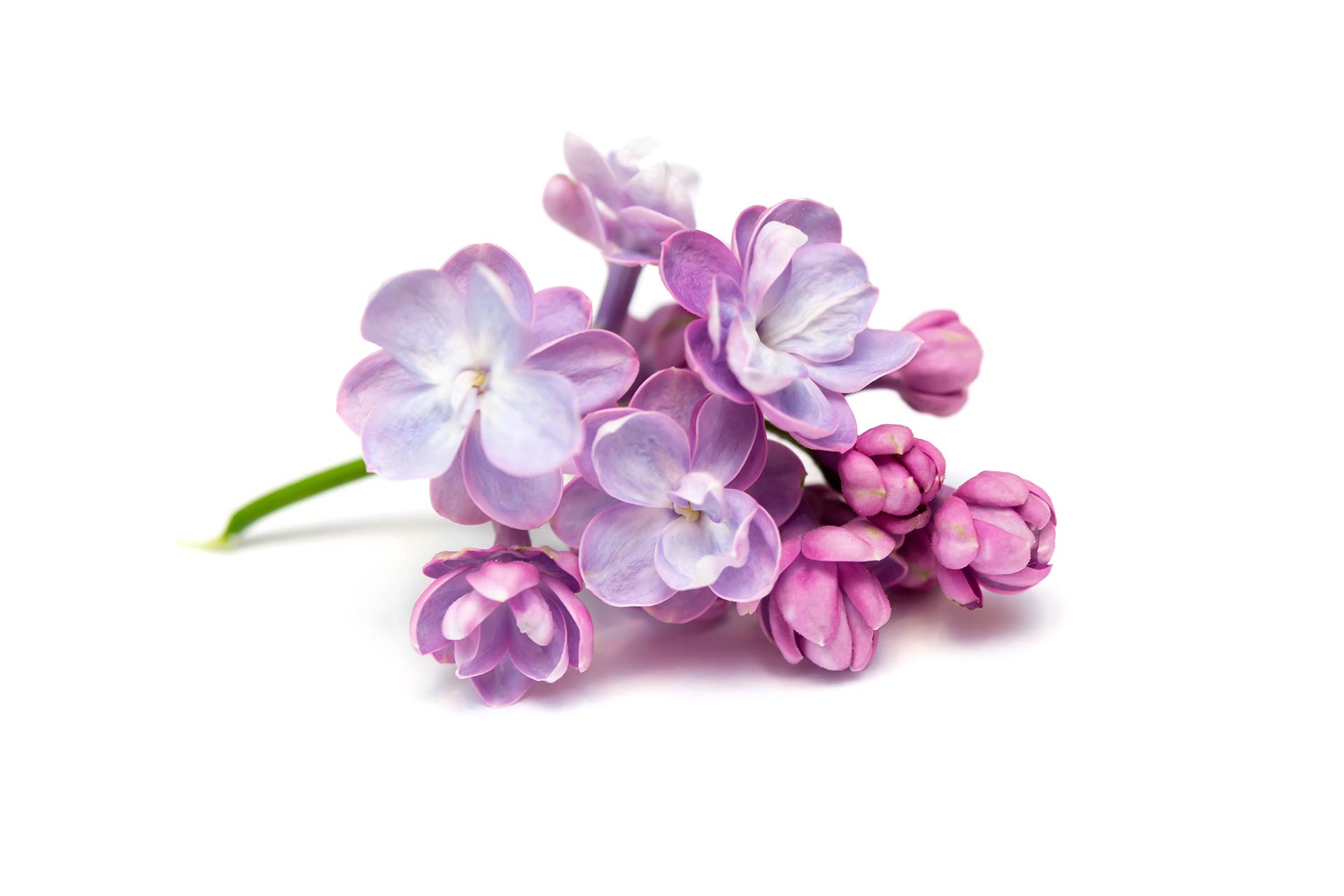
Terpinolene
Terpinolene is a rarity in the realm of cannabis as it is the least common terpene. Terpinolene is characterized by its woody aroma and is found in lilacs, sage, rosemary, apples, tea tree, cumin, and nutmeg. This terpene, while considered rare, is located in many cannabis strains (primarily sativa), but in such low quantities that it’s nearly invisible. That said, terpinolene plays a vital role in defining the smell and taste of many strains and can have an impact on a strains therapeutic and experiential characteristics.
Terpinolene gives cannabis consumers a mildly sedative effect and is helpful for people experiencing anxiety. It is believed that terpinolene helps to balance the energizing impact of many sativa’s and plays a significant role in regulating health through the endocannabinoid (ECS) system. Many cannabis oils feature terpinolene because of its antiseptic properties and medicinal benefits.
Also found in:
Lilacs, Sage, Rosemary, Apples, Tea Tree, Cumin & Nutmeg
Potential effects:
Sedative, Antiseptic, General Health
Familiarizing yourself with the characteristics of individual terpenes is helpful for finding the appropriate strain to fit your mood.
Do you have questions about terpenes and their effects? Pay a visit to your favorite Lightshade location—our expert budtenders are always happy to guide you.
Research and education information courtesy of Holos Health | Dr. Joseph Cohen, D.O.